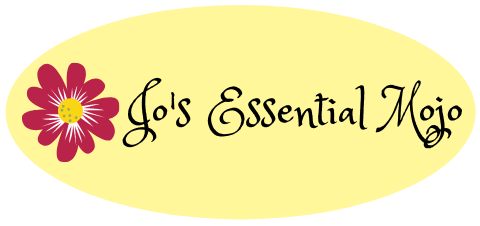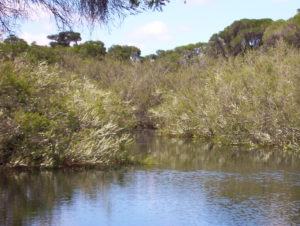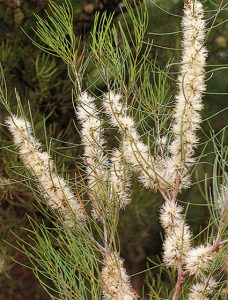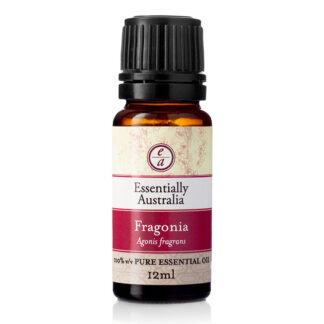Description
A magnificent, wonderful and uplifting honey and lemon scented essential oil
Extraction and Farming Method
Honey Myrtle essential oil is extracted via the steam distillation of the middle and upper stem, branchlets and leaves.
Honey Myrtle is grown in plantations in south western Western Australia. A husband and wife team on their south west Western Australia rural property, discovered a sweet lemon plant down by some wetlands. They had discovered a lovely variant of Honey Myrtle, richer in lemon oil compounds than other Honey Myrtles. They have gone on to propagate over 20,000 of these superior lemon scented Honey Myrtles on their property.
Plantation trees are planted in rows and kept to a maximum height of 2 metres. They are machine harvested and are then steam distilled immediately to maintain the highest quality.
History – Honey Myrtle Essential Oil
Traditional Usage
At this point, there is no evidence of any traditional usage of the tree. However it would be fair to assume some kind of use was made of the leaves used as a perfume on the skin.
Early European Usage
As the tree was small to be used for timber (woodwork or firewood), it was not exploited during the two World Wars like Lemon Myrtle and Anise Myrtle were.
Present Day Usage
At present Honey Myrtle oil is grown in the south west of Western Australia and the pioneers who discovered this oil have continued to grow and distil the oil. It is from this farm that Essentially Australia secures its source of beautiful Honey Myrtle essential oil.
Typical Chemical Profile of Honey Myrtle Essential Oil
alpha pinene 0.6%
beta-pinene 0.3%
myrcene 10.0%
limonene 0.5%
cineole 1.4%
linalool 0.4%
exo -isocitral 0.6%
cis -isocitral 1.6%
trans –iso citral 2.6%
nerol 2.1%
geraniol 3.0%
neral 30.4%
geranial 40.7%
neryl acetate 0.4%
geranyl acetate 0.6%
Optical rotation @ 20 C -0.2
Relative Density: @ 20 C 0.881
Refractive index @ 20 C 1.484







